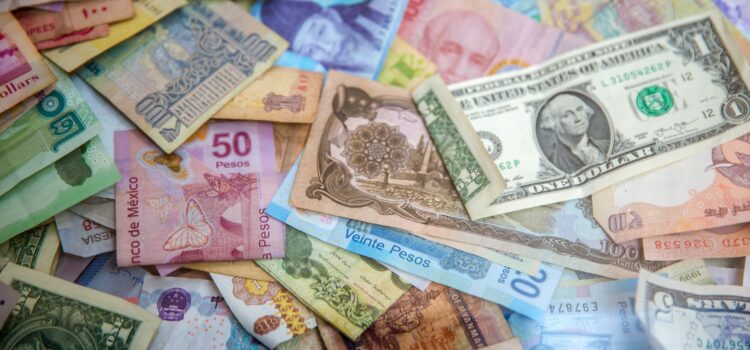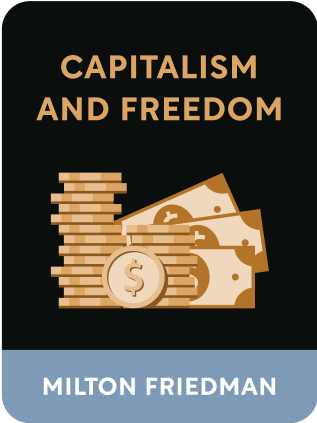

This article is an excerpt from the Shortform book guide to "Capitalism and Freedom" by Milton Friedman. Shortform has the world's best summaries and analyses of books you should be reading.
Like this article? Sign up for a free trial here .
What is the Bretton Woods system? How does is it work and it is effective?
The Bretton Woods system was a system of foreign currency exchange where other nations values their currency against the United States’ gold standard. This placed restrictions on currency and exchange.
Read more about the Bretton Woods system and how it works.
How Foreign Exchange Works
Governments also play a significant role in revaluing or devaluing their currencies relative to those of other countries. Both a strong dollar (one that has a high exchange rate relative to other currencies) and a weak dollar (one that has a low exchange rate relative to other currencies) have different advantages for different players in the economy.
A strong currency benefits importers of raw materials from abroad and consumers of foreign goods, because it enables them to purchase pounds sterling or yen or euros with fewer dollars, in turn enabling them to purchase more goods and services denominated in those currencies. A weak currency, on the other hand, benefits exporters, because it enables them to sell American goods and services cheaper in foreign markets, giving them a competitive advantage.
Because of these advantages and disadvantages of currency valuations, countries used to frequently try to manipulate the value of their currencies relative to others in order to benefit some sector of their domestic market. Unsurprisingly, political lobbying and influence peddling (not free-market principles) were central to this process, with special interests pressuring governments and central bank officials to adopt monetary policies that would benefit them. The Bretton Woods system is one of these policies.
The Bretton Woods System
This was the state of affairs until the introduction of the Bretton Woods system in 1944. The Bretton Woods system pegged the value of the US dollar to gold at $35 per ounce of gold. In turn, the other parties to the Bretton Woods agreement had to peg their currencies to the US dollar in fixed ratios, with only minor diversions permitted.
The purpose of this arrangement was to create a stable monetary system that would more easily facilitate international transactions by maintaining parity and predictable exchange rates between currencies. It was also designed to prevent countries from engaging in competitive cycles of devaluing their currencies. It was the international monetary system in place in 1962, when Capitalism and Freedom was published.
Unfortunately, to make the Bretton Woods system work, the US had to constantly maintain adequate reserves of gold and dollars in order to be able to convert dollars to gold (and vice versa) at the specified price, whenever the need arose. This meant that the United States had to impose heavy-handed controls over capital flows in and out of the country and restrict the freedom of individuals to conduct ordinary business transactions.
For example, the aforementioned convertibility of the US dollar to gold only applied to foreign central banks’ holdings of US dollars. To maintain adequate gold stocks, the US government forbade US citizens from exchanging their dollars for gold, holding stocks of gold (except for artistic or limited industrial purposes), or writing private contracts that specified payment in gold.
To prevent dollars from flowing out of the country, the government mandated that foreign countries spend their American foreign aid dollars in the United States; prevented families from joining members of the military serving abroad (knowing that they would spend their dollars outside the US); and strictly limited the quantities of foreign goods that Americans could bring into the country without paying a duty.
All of these measures represented a direct affront to the most core principles of economic freedom. In a free society, competent individuals should face no restrictions on their ability to conduct transactions and make contracts.

———End of Preview———
Like what you just read? Read the rest of the world's best book summary and analysis of Milton Friedman's "Capitalism and Freedom" at Shortform .
Here's what you'll find in our full Capitalism and Freedom summary :
- The key principles from Milton Friedman's Nobel Prize-winning book
- Why capitalism functions best when it is freed from government restraints
- How forced redistribution schemes are morally unjust






